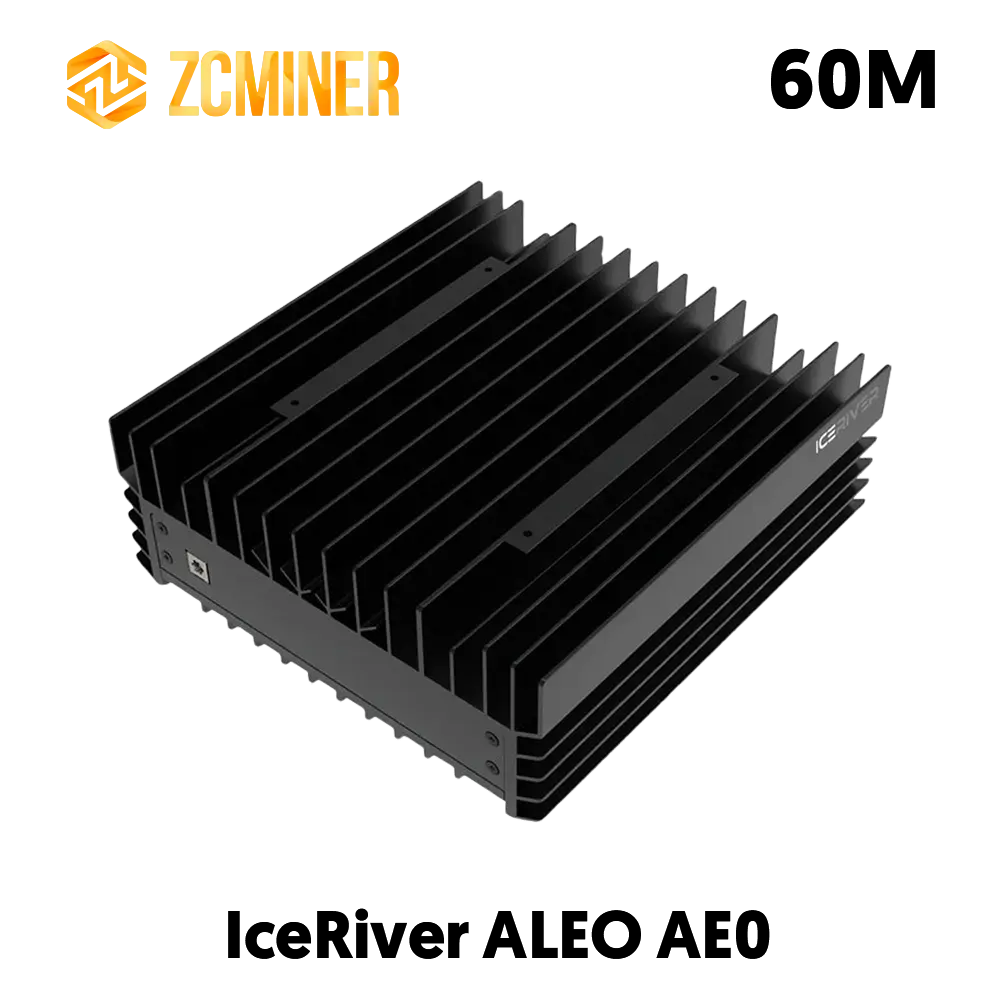The early years of Bitcoin mining were characterized by rapid evolution and innovation as individual miners sought ways to increase their chances of earning rewards in an increasingly competitive environment. One of the most significant developments during this period was the rise of cryptocurrency mining pools, which allowed miners to combine their computational power and share the rewards. Among the first and most influential of these pools was Deepbit, which played a dominant role in the Bitcoin network from 2011 to 2013. This article explores the factors behind Deepbit’s success, its impact on the Bitcoin network, and the perspective of small investors and home miners who participated in the pool during its peak, supported by research and insights from the era.
The Birth of Cryptocurrency Mining Pools
In the early days of Bitcoin, mining was a relatively straightforward process. Individual miners could use their CPUs to solve cryptographic puzzles, earning rewards in the form of newly minted Bitcoin. However, as more miners joined the network and the difficulty of mining increased, it became harder for solo miners to compete. The introduction of GPUs and later ASICs further widened the gap between large-scale miners and individuals, leading to the creation of mining pools as a solution.
Mining pools allow miners to pool their resources together, working collectively to solve blocks and share the rewards based on each participant's contribution. This collaborative approach significantly increased the chances of earning rewards, particularly for small-scale miners who lacked the computational power to compete on their own. A 2013 study published in the Journal of Cryptography and Network Security analyzed the early adoption of mining pools and found that pooling resources significantly reduced the variance in payouts, making it a more reliable option for individual miners.
The Rise of Deepbit
Deepbit was launched in 2010 by Russian programmer Tycho and quickly became one of the first and most popular Bitcoin mining pools. By mid-2011, Deepbit was responsible for over 50% of the total Bitcoin network’s hash rate, raising concerns about the potential centralization of the network. Despite these concerns, Deepbit’s innovative approach and user-friendly interface made it an attractive option for many miners, particularly those new to Bitcoin mining.
Several factors contributed to Deepbit's dominance during this period:
-
Ease of Use: Deepbit was one of the first mining pools to offer a simple, user-friendly interface that made it easy for miners to join and start earning rewards. The pool's website provided clear instructions and tools for setting up mining software, making it accessible even to those with limited technical expertise. An article from Bitcoin Magazine (2011) highlighted how Deepbit's interface lowered the entry barrier for new miners, contributing to its rapid growth.
-
Low Fees: Deepbit initially offered a pay-per-share (PPS) model with a low fee structure, which was appealing to small-scale miners. This model guaranteed a steady payout based on the number of shares a miner contributed, reducing the variance in earnings and providing more predictable income. According to a 2012 analysis by CoinDesk, Deepbit's fee structure was one of the key factors that attracted a large user base, especially during times of high network difficulty.
-
Reliability and Stability: Deepbit was known for its reliability and stability, with minimal downtime and consistent performance. This reliability was crucial for miners who depended on regular payouts to cover their operational costs. A retrospective article in Cryptocurrency News (2014) noted that Deepbit's uptime and server performance set a standard for subsequent mining pools.
-
Community Support: Deepbit fostered a strong sense of community among its users, with active forums and support channels where miners could share tips, troubleshoot issues, and discuss the latest developments in the Bitcoin network. This community aspect was particularly important for small investors and home miners, who often relied on the collective knowledge and experience of their peers. The BitcoinTalk forums from that era frequently featured discussions and advice on optimizing mining setups within the Deepbit pool.
Impact on the Bitcoin Network
Deepbit's dominance from 2011 to 2013 had a significant impact on the Bitcoin network, both positive and negative. On the positive side, the rise of mining pools like Deepbit helped to democratize Bitcoin mining, allowing small-scale miners to participate in the network and earn rewards that would have been difficult to achieve as solo miners. This increased participation contributed to the growth and security of the Bitcoin network during its early years.
However, Deepbit's overwhelming control of the network's hash rate also raised concerns about the potential centralization of Bitcoin mining. At its peak, Deepbit controlled over 50% of the network's total computational power, leading to fears that a single entity could potentially manipulate the network or execute a 51% attack. A Bitcoin Foundation report from 2013 highlighted these risks, urging the community to consider decentralization efforts to preserve the network's integrity.
While these concerns were never realized, they highlighted the risks associated with mining centralization and spurred the development of new mining pools and protocols designed to distribute power more evenly across the network. The eventual decline of Deepbit’s dominance was, in part, a response to these concerns, as miners sought out smaller, more decentralized pools.
The Perspective of Small Investors and Home Miners
For small investors and home miners, Deepbit offered an opportunity to participate in Bitcoin mining without the need for significant upfront investment or technical expertise. Many of these miners were drawn to Deepbit because of its ease of use, low fees, and community support, which made it an attractive option for those new to the world of cryptocurrency.
-
Access to Earnings: Before the rise of mining pools, small-scale miners faced long periods of uncertainty, as the chances of solving a block and earning rewards were slim. By joining Deepbit, these miners could pool their resources and receive more consistent payouts, providing a steady income stream that made mining a more viable option. An article in Bitcoin Magazine (2012) emphasized how Deepbit's PPS model offered small miners a lifeline in an increasingly competitive environment.
-
Community Collaboration: The community aspect of Deepbit was particularly valuable for home miners, who often operated in isolation. The pool's forums and support channels provided a space for miners to connect, share knowledge, and collaborate on problem-solving, creating a sense of camaraderie and mutual support. This community-driven approach was often cited in BitcoinTalk discussions as a key reason for Deepbit's popularity among small miners.
-
Challenges and Risks: Despite its benefits, participation in Deepbit was not without its challenges and risks. The centralization of the pool’s hash rate raised concerns among some miners, leading them to seek alternative pools that offered more decentralized control. Additionally, the competitive nature of mining meant that even within a pool, small miners had to continually invest in hardware upgrades to maintain their share of the rewards, which could be financially burdensome. A CoinDesk report from 2013 discussed these challenges, noting the pressures small miners faced in a rapidly evolving industry.
-
The Shift to Decentralization: As concerns about centralization grew, many small miners began exploring other pools that offered more decentralized structures and lower market share. This shift was part of a broader movement within the Bitcoin community to promote decentralization and ensure the security and integrity of the network. The decline of Deepbit’s dominance from 2013 onwards reflected this shift, as more miners moved to smaller pools or returned to solo mining. A study by Cambridge University (2014) documented this trend, showing how decentralization efforts gained momentum in response to the concentration of mining power.
The Legacy of Deepbit
While Deepbit's influence on the Bitcoin network waned after 2013, its legacy remains significant. As one of the first and most successful mining pools, Deepbit played a crucial role in shaping the early Bitcoin mining ecosystem and demonstrated the viability of the mining pool model. The lessons learned from Deepbit’s rise and eventual decline have informed the development of subsequent mining pools, many of which have adopted more decentralized and transparent structures to address the issues that arose during Deepbit's dominance.
For small investors and home miners, Deepbit represented both an opportunity and a cautionary tale. It showed the power of collective action in the face of increasing mining difficulty and competition but also highlighted the risks associated with centralization and the need for a balanced, decentralized network. As noted in a Bitcoin.com article (2014), Deepbit's experience underscored the importance of network diversity in maintaining Bitcoin's core principles of decentralization and security.
Deepbit's Dominance
The rise of cryptocurrency mining pools, exemplified by Deepbit's dominance from 2011 to 2013, was a transformative period in the history of Bitcoin. Deepbit’s success was driven by its accessibility, reliability, and community support, which attracted a diverse group of miners, including small investors and home miners. While the pool's centralization raised concerns, it also underscored the importance of decentralization in maintaining the security and integrity of the Bitcoin network.
For small investors, the story of Deepbit offers valuable lessons in the dynamics of cryptocurrency mining and the importance of adapting to changing conditions within the network. As the Bitcoin ecosystem continues to evolve, the experiences of early miners and the legacy of pioneering pools like Deepbit will continue to shape the future of cryptocurrency mining. The insights from this era remain relevant today, as the balance between efficiency, security, and decentralization continues to define the trajectory of Bitcoin and other cryptocurrencies.










Leave a comment
This site is protected by hCaptcha and the hCaptcha Privacy Policy and Terms of Service apply.